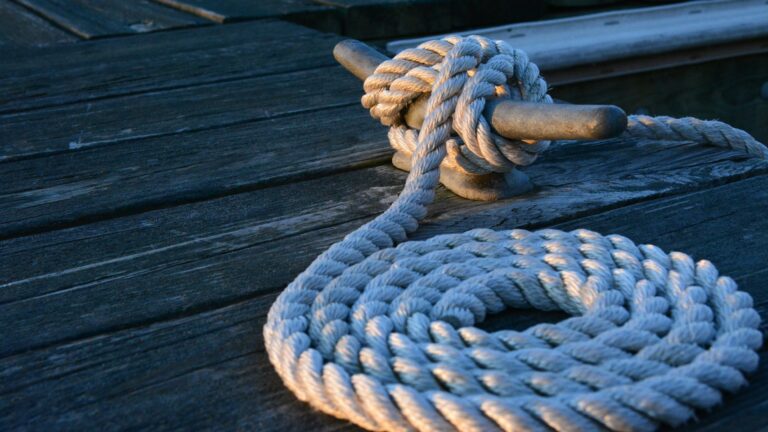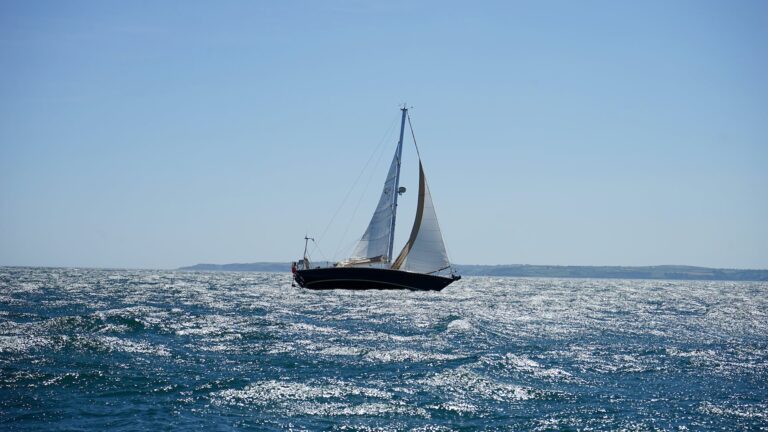What is the most efficient path to sail against the wind?
Introduction
- The importance of sailing against the wind
- What is tacking?
Understanding the Basics
- Calculating the most efficient path
- Prerequisites for sailing against the wind
Understanding the Techniques
-
Using the right sail size and shape
-
Finding the optimal angle to sail against the wind
-
Reaching your destination by tacking
-
Learning to adjust quickly to changes in wind speed and direction
-
Making use of other techniques like roll tacking, gybing and poling out
-
Improving your sailing techniques through practice and experience
Conclusion
-
Summary of key points for sailing efficiently against the wind
Introduction
Sailing against the wind is an important skill for any sailor, as it can help you reach your destination faster and more efficiently, even when facing strong winds or unfavorable weather conditions. In order to sail successfully against the wind, it is necessary to understand how to calculate an optimal route, as well as how to use certain sailing techniques such as tacking, adjusting sails, and gybing or poling out when necessary. With practice and experience, any sailor can learn how to make use of these techniques in order to reach their destination with speed and efficiency while also enjoying a fun and safe sailing experience!
Understanding the Basics
Calculating the most efficient path for sailing against the wind involves understanding some basic principles such as optimizing your sail size and shape according to conditions, finding an optimal angle that keeps you close-hauled while also making progress upwind, and learning how to adjust quickly when changes in wind speed or direction occur. It is also important to understand what tacking is in order to effectively use this technique when sailing against the wind. Tacking involves alternating between port and starboard sides so that the boat’s bow is constantly pointing into (or close-hauled) into the oncoming wind while making progress upwind, without having to turn all the way around (or jibe). This technique will usually result in a course of around forty five degrees angles relative to the oncoming wind direction in order for it be most effective at reaching your destination with efficiency!
Understanding the Techniques
Using a properly sized sail that has been optimally adjusted according to conditions is crucial for successful upwind sailing; if your sail is too large or too small you won’t be able reach an optimal angle or maximize efficiency while making progress upwind. You also need learn how find a good balance between maintaining a close-hauled angle while still making good progress upwind; if you are too close-hauled then you won’t make much progress but if you are too far off then you will be heeling over excessively which causes drag and reduces speed potentials even more!
Additionally it is important learn how quickly adjust when changes in wind speed or direction occur; this could involve using roll tacking or gybing if necessary (poling out may also be useful depending on conditions). Being able to adjust quickly can help you stay close-hauled without having to turn all around which can save time while allowing you continue making steady progress upwind towards your destination!Improving Your Sailing Techniques
Finally improving your ability sail efficiently against the wind takes practice; gaining experience different types of conditions (both favorable and unfavorable) will help develop an understanding what works best in each situation as well as teaching skills such as roll tacking, gybing/jibing/poling out that may be required certain conditions/situations. Investing time practicing these skills with a knowledgeable instructor can provide invaluable experience that helps improve not just technique but overall confidence navigating difficult situations on water!
Conclusion
In conclusion sailing efficiently against strong winds or unfavorable weather conditions requires understanding numerous principles such calculating an optimal route, selecting proper sails size & shape according conditionals, maintaining close-hauled angles relative oncoming winds direction while making steady progress upwind towards destination using techniques such as tacking/gybing/poling out etc., all which takes experience practice develop proper skillset effectively navigate difficult situations water efficiently safely!







